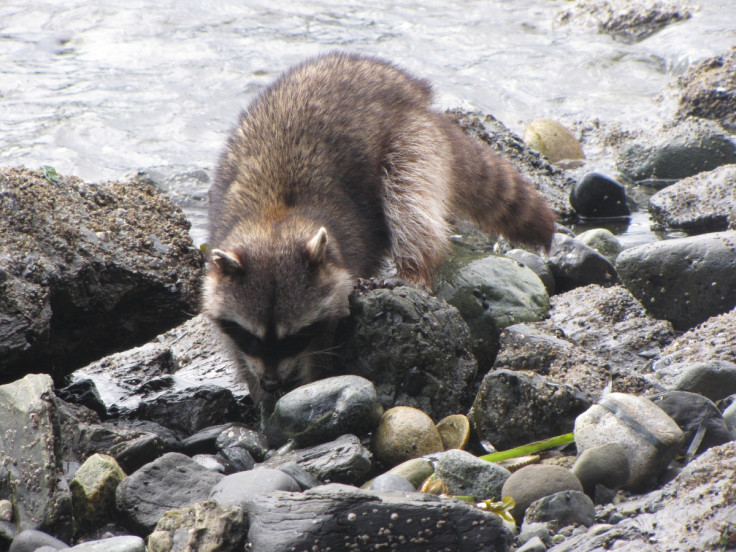A hint of fear is the key to conservation, say researchers

Researchers have discovered one of the keys to conservation across the entire food chain – fear. They say that as more giant carnivores have become depleted over the years, the fear of being eaten is slowly being bred out of smaller predators – allowing them to take their time with their food, and potentially demolishing the population of their prey.
The research, published in Nature Communications, investigated how fear can be used in conservation. Large, carnivorous predators have largely died out over the past 100 years, mainly because of humans. Europeans have been blamed for the disappearances of wolves, bears and cougars in the Gulf Islands in British Columbia, where the research was carried out.
That has left smaller predators to spend much more time foraging for food – and being very lax about being hunted themselves.
"Large carnivores are fearsome predators that pose real and perceived threats to human life and livelihoods, which is why humans have attempted, and largely succeeded, at extirpating them everywhere," they wrote.
"The loss of large carnivores is now being recognised as possibly humankind's most pervasive influence on nature, in part because the fear they inspire in other animals may constitute a significant 'ecosystem service' critical to conserving biodiversity and ecosystem function."
Fear in action
A two year-long study of the raccoons on the islands gave the researchers their results. They analysed the feeding habits of the raccoons there in early 2013.
Firstly, the researchers examined how long they spent out in the open, feeding and playing with their food. They also managed to take population numbers for their prey, including species which hover around the coast – for example, crabs – as well as these species' prey too, including snails and small fish.
From May to September 2013, sporadic playbacks were boomed throughout the local area, playing the sound of a dog, sea lions, or harbour seal, for 10-second intervals. The sea lion and harbour seal are not predators to the raccoons, but dogs are/were.

The scientists wanted to analyse the reactions of the raccoons to the noises. More specifically, they wanted to test whether the amount of the time they spent out in the open reduced over time – in turn, increasing the population of its prey.
Results
They discovered that the amount of time the racoons spent foraging for food reduced by 66% under the effects of fear from being attacked by dogs.
Not only that, but the subsequent populations of shore crabs, fish and rock crabs increased by 97%, 81% and 61% respectively.
"Our experimental results support the contention that, when it comes to conserving biodiversity and maintaining healthy ecosystems, fear has its uses," the researchers wrote.
"By inspiring fear, the very existence of large carnivores on the landscape can provide a critical ecosystem service human actions cannot fully replace, making it essential to maintain or restore large carnivores for conservation purposes on this basis alone."
"We have now experimentally verified that, by instilling fear, the very existence of large carnivores on the landscape – in and of itself – provides an essential 'ecosystem service'," said Liana Zanette, a researcher working on the study. "Failing to consider fear, risks dramatically underestimating the role large carnivore's play in structuring ecosystems."
© Copyright IBTimes 2025. All rights reserved.






















